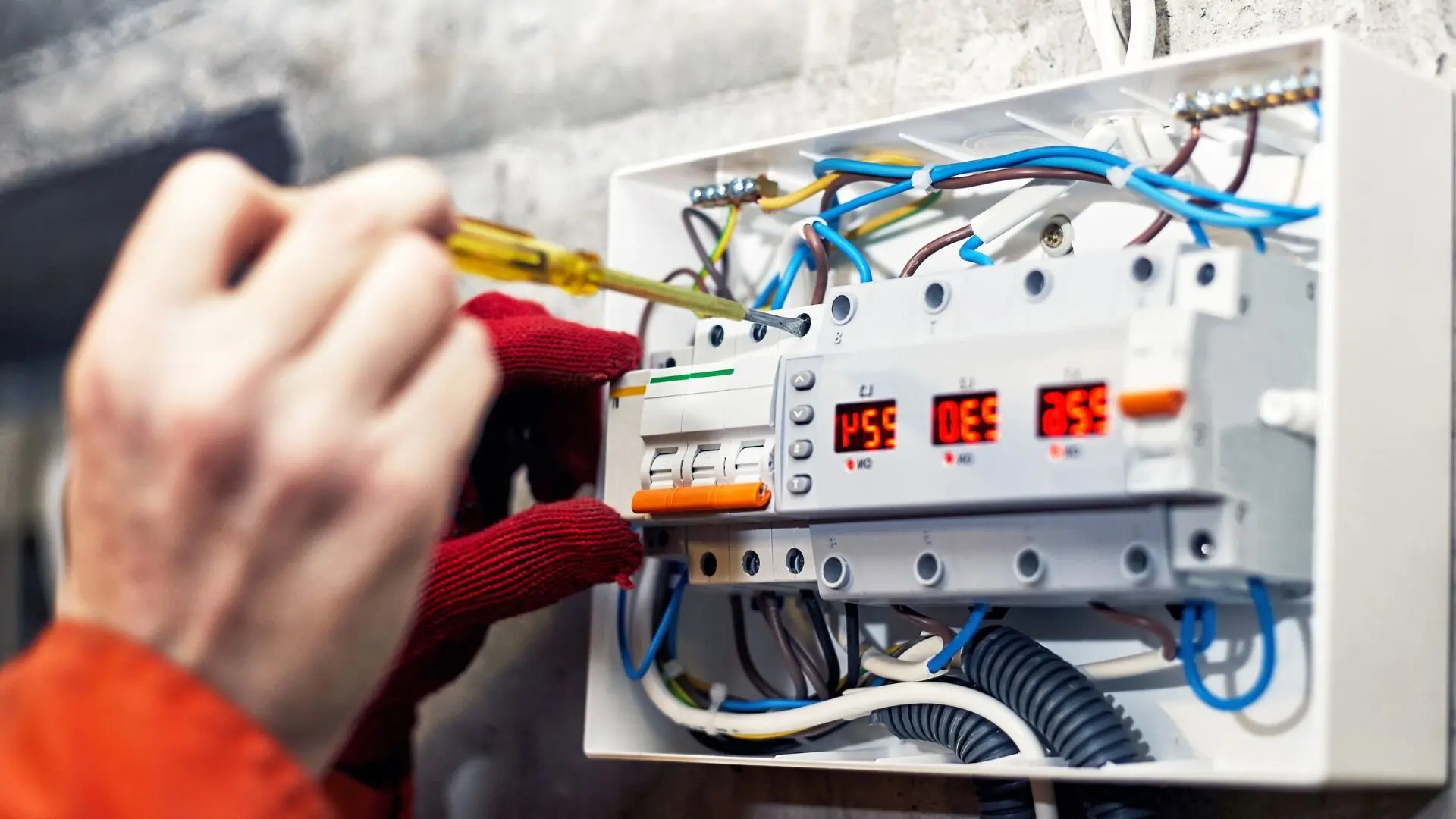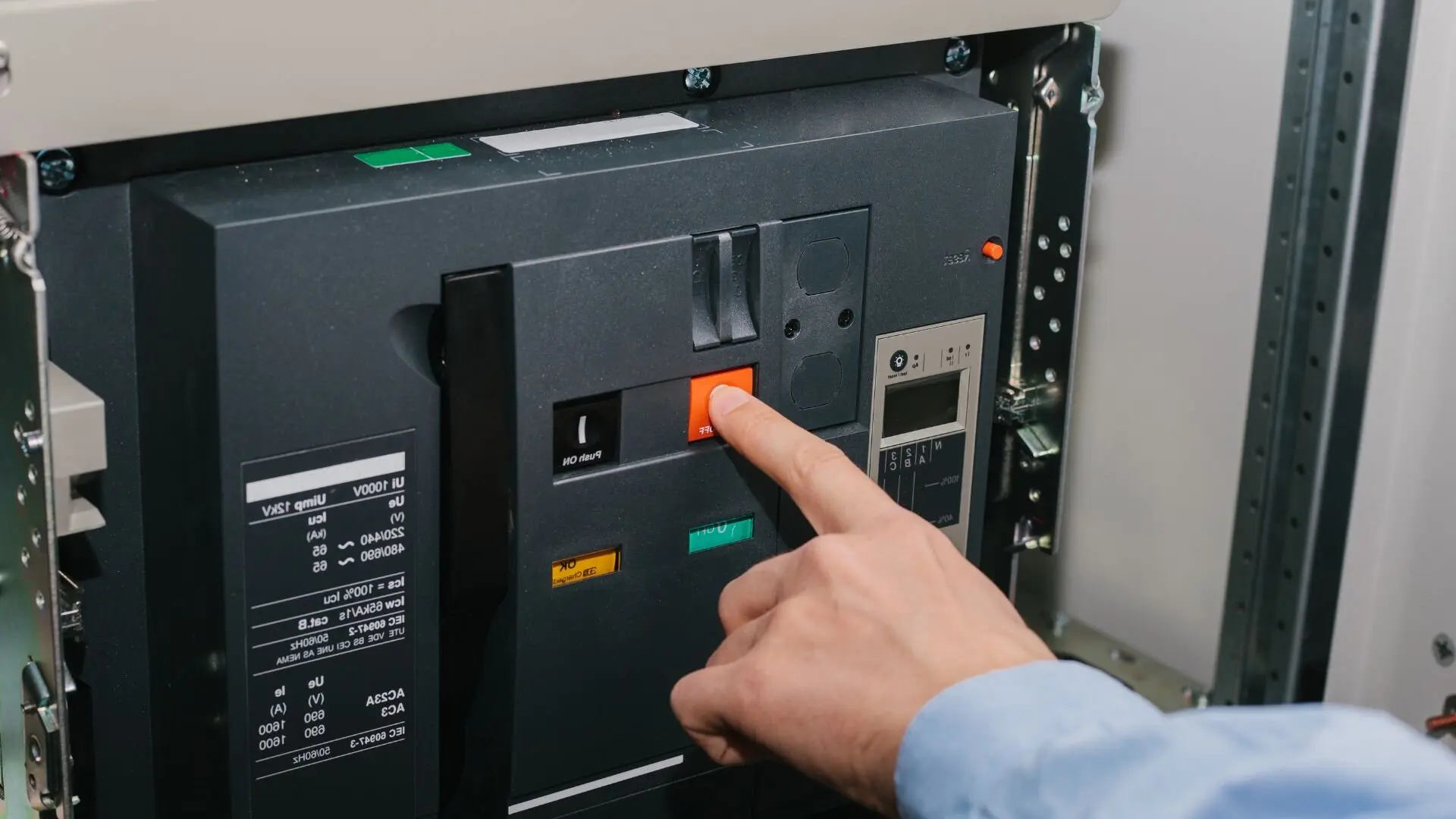Modern Appliances? Upgrade Your Power Supply
Ensure your home’s electrical system can handle modern appliances. Learn the signs it’s time to upgrade your power supply for smooth operation.
Modern homes are packed with conveniences that rely on a steady flow of electricity. From refrigerators and dishwashers to entertainment systems and smart home devices, our daily lives depend on a robust electrical infrastructure. However, many homes built years ago may not be equipped to handle the ever-increasing energy demands of today’s appliances.
This gap between power supply and demand can lead to a range of issues, from inconvenient outages to potential safety hazards. Let’s delve into the importance of having an adequate power supply and the consequences of neglecting an upgrade.
Understanding Your Home’s Power Supply
Your home’s electrical system silently keeps things running, but understanding the basics can be helpful.
The central point is the electrical panel, often located in your basement, garage, or utility area. Here, incoming power from the utility company connects to the main breaker, which controls all the electricity in your house.
Smaller circuit breakers branch out from the main one, each dedicated to a specific area of your home, like the kitchen or bedrooms. These breakers act like safety switches, tripping to cut off power if the circuit becomes overloaded, preventing fires. Older homes might have fuses instead, which require replacement when they blow.
Signs your electrical system might need attention include flickering lights, dimming when appliances turn on, or frequently tripped breakers. These could indicate overloaded circuits, outdated wiring, or insufficient capacity for your current needs. If you experience any of these, consult a qualified electrician to ensure your home’s electrical system is safe and up-to-date.
The Increasing Energy Demands of Modern Appliances
Our homes are becoming havens of convenience, but this often comes at the cost of increased energy demands. Modern appliances like smart home devices, electric vehicles (EVs), and powerful air conditioning systems all require significant power to function.

These energy-hungry additions can strain your home’s electrical system. Smart devices constantly draw a small amount, and EVs plugged in for charging can overload circuits. Similarly, powerful AC units, especially during peak summer months, can push your system to its limit, leading to tripped breakers and potential damage.
Ignoring these increased demands can be risky. Overloaded circuits are a fire hazard, and insufficient power can lead to appliance malfunctions or even system failure. To avoid these issues, it’s crucial to ensure your electrical system can handle the growing load.
Consider consulting an electrician to assess your current capacity and discuss potential upgrades if needed. This might involve installing additional circuits, increasing your main service panel’s amperage, or exploring smart power management solutions to optimise energy use.
Benefits of Upgrading Your Power Supply
Upgrading your power supply offers numerous advantages that contribute to a safer, more efficient, and cost-effective electrical system.

Improved Safety and Reduced Risk of Electrical Fires
One of the primary benefits of upgrading your power supply is enhanced safety. Modern power supplies are designed to handle increased electrical loads, reducing the risk of overheating and electrical fires. Upgrading can also ensure compliance with current safety standards and regulations.
Enhanced Performance and Efficiency of Your Appliances
A modern power supply can significantly improve the performance and efficiency of your appliances. Consistent and reliable power delivery ensures that appliances operate at their optimal levels, reducing wear and tear and extending their lifespan.
Increased Home Value and Future-Proofing Your Electrical System
Upgrading your power supply can increase your home’s value by ensuring the electrical system meets contemporary standards. This upgrade is attractive to potential buyers who prioritise safety and efficiency. Additionally, a modern power supply can accommodate future technological advancements, making your home more adaptable to new electrical demands.
Potential Energy Savings and Lower Utility Bills
An upgraded power supply can lead to potential energy savings. Efficient power distribution reduces energy waste, which can lower your utility bills. Modern systems are often more energy-efficient, contributing to overall cost savings and a reduced environmental footprint.
The Power Supply Upgrade Process

Assessing Your Home’s Current Electrical System and Power Requirements
The first step in upgrading your power supply is a comprehensive assessment of your home’s existing electrical system and power needs. This involves evaluating the capacity of your current system, identifying potential hazards, and determining if the existing setup can support additional loads. A thorough assessment ensures that the upgrade addresses all safety concerns and meets your household’s power demands.
Determining the Appropriate Upgrade Solution
Based on the assessment, the next step is to determine the most suitable upgrade solution. This could involve upgrading the main electrical panel to increase capacity, adding subpanels to distribute power more effectively, or rewiring parts of the home to support new circuits and appliances. The chosen solution should enhance the overall efficiency and safety of the electrical system.
The Importance of Hiring a Licensed and Experienced Electrician
Hiring a licensed and experienced electrician is crucial for a successful power supply upgrade. Professionals ensure that all work complies with local codes and safety standards, minimising the risk of electrical faults and hazards. An experienced electrician can also provide valuable insights and recommendations tailored to your specific needs.
Overview of the Upgrade Process and Timeline
The upgrade process typically begins with the initial assessment and planning, followed by securing the necessary permits. Once approvals are in place, the electrician will begin the installation, which may include replacing or upgrading panels, running new wiring, and installing additional circuits. The timeline for completion can vary depending on the complexity of the project but generally ranges from a few days to a couple of weeks.
After installation, thorough testing is conducted to ensure the system operates correctly, followed by final inspections to confirm compliance with regulations.
Ensuring a Successful Power Supply Upgrade
Selecting a skilled and reliable electrician is essential for a successful power supply upgrade. Look for licensed electricians with a solid reputation and positive reviews. Verify their experience with similar projects and ask for references. Ensure they are familiar with local electrical codes and regulations to guarantee compliance and safety.
After the upgrade, consider updating your home insurance policy to reflect the improvements to your electrical system. Proper documentation of the upgrade can be beneficial in case of future claims. Additionally, establish a maintenance schedule to keep your new electrical system in optimal condition. Regular inspections and timely repairs can extend the lifespan of your upgraded system and ensure ongoing safety.
For professional and reliable power supply upgrade services, consider contacting Sydney Level 2 Electricians. Their team of experienced electricians can assess your home’s electrical needs and provide tailored solutions to ensure your power supply meets the demands of your modern appliances.